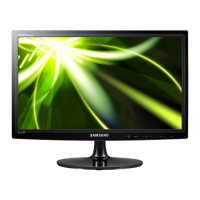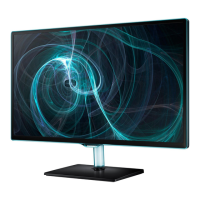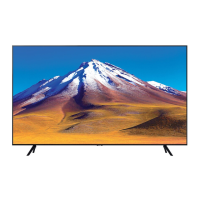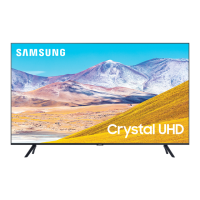What to do if my Samsung T19B300EW LED TV won't turn on?
- Bbryan93Aug 12, 2025
First, ensure the AC power cord is securely plugged into both the wall outlet and the LED display. Then, verify that the wall outlet is working. Finally, press the POWER button on the LED display to rule out a remote control issue. If the LED display turns on, the problem might be with the remote.






